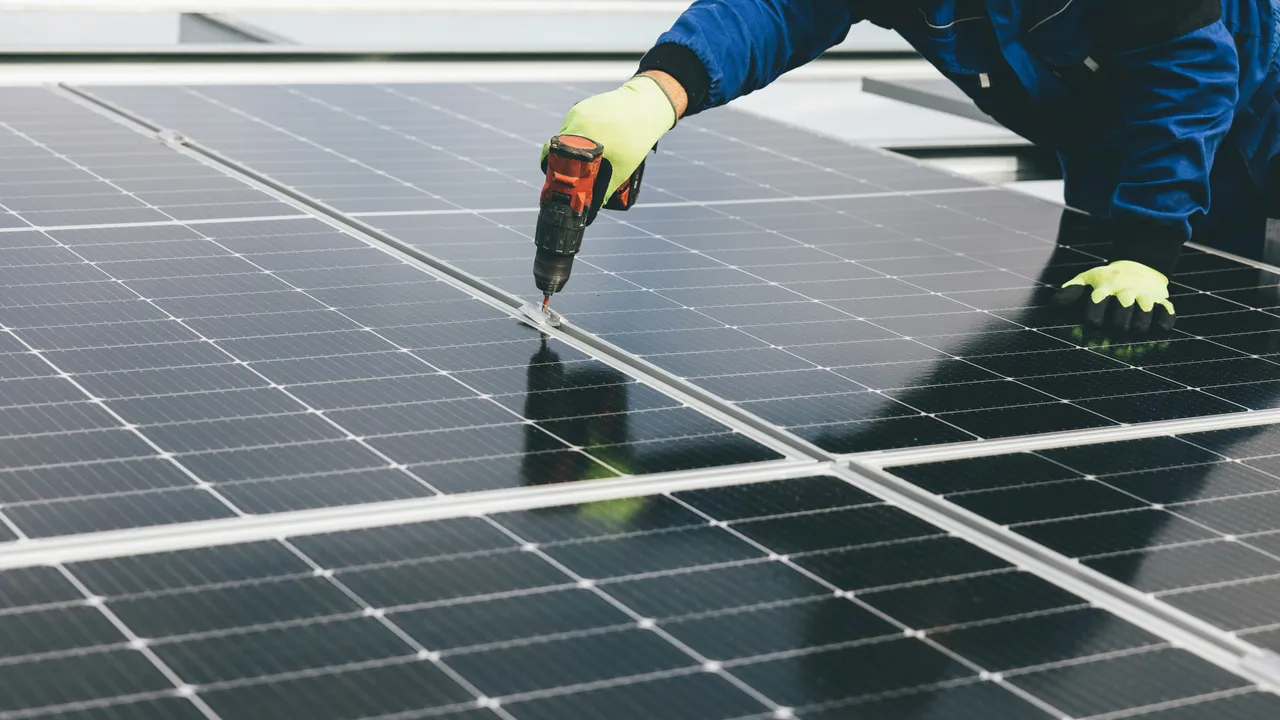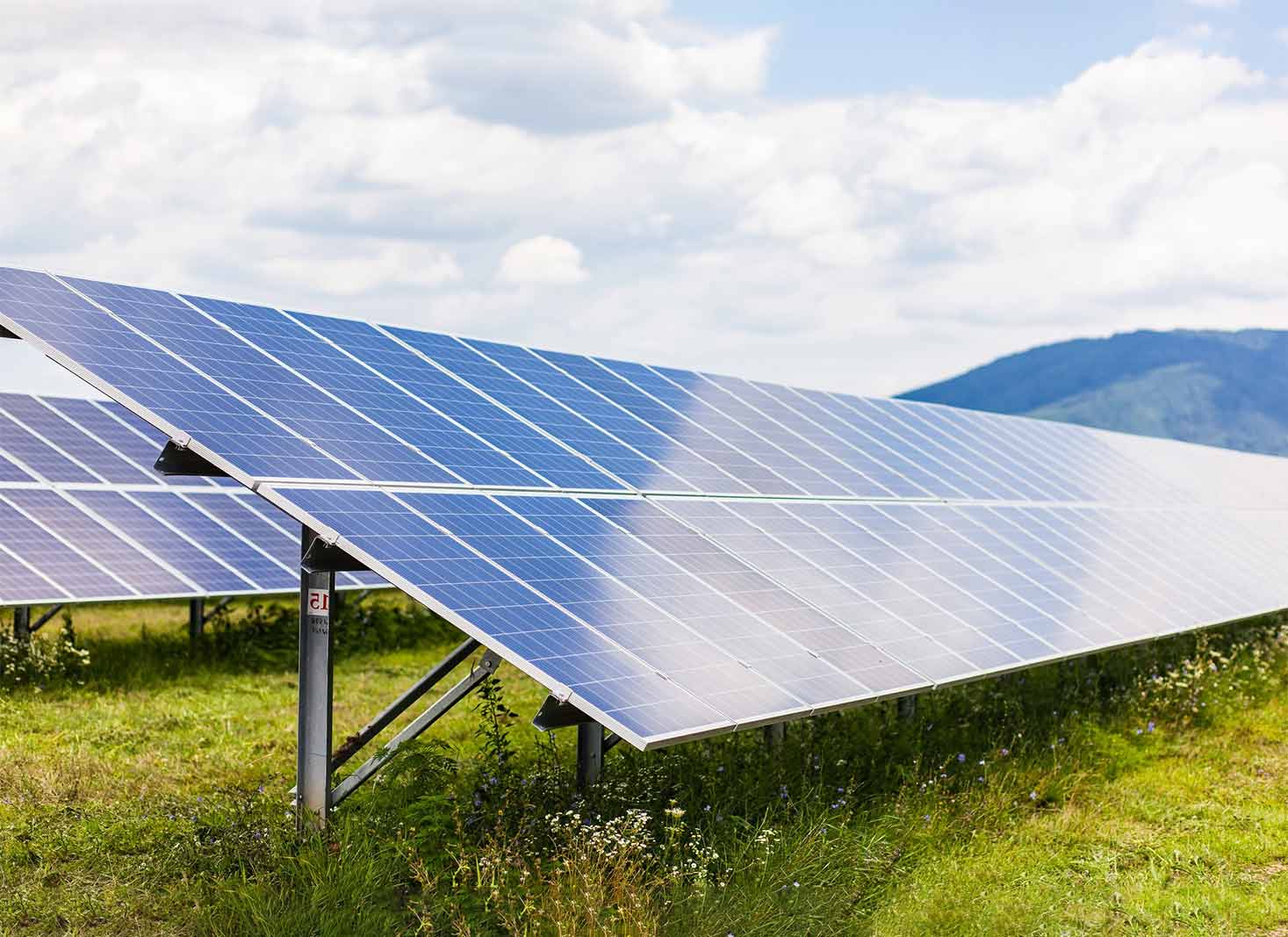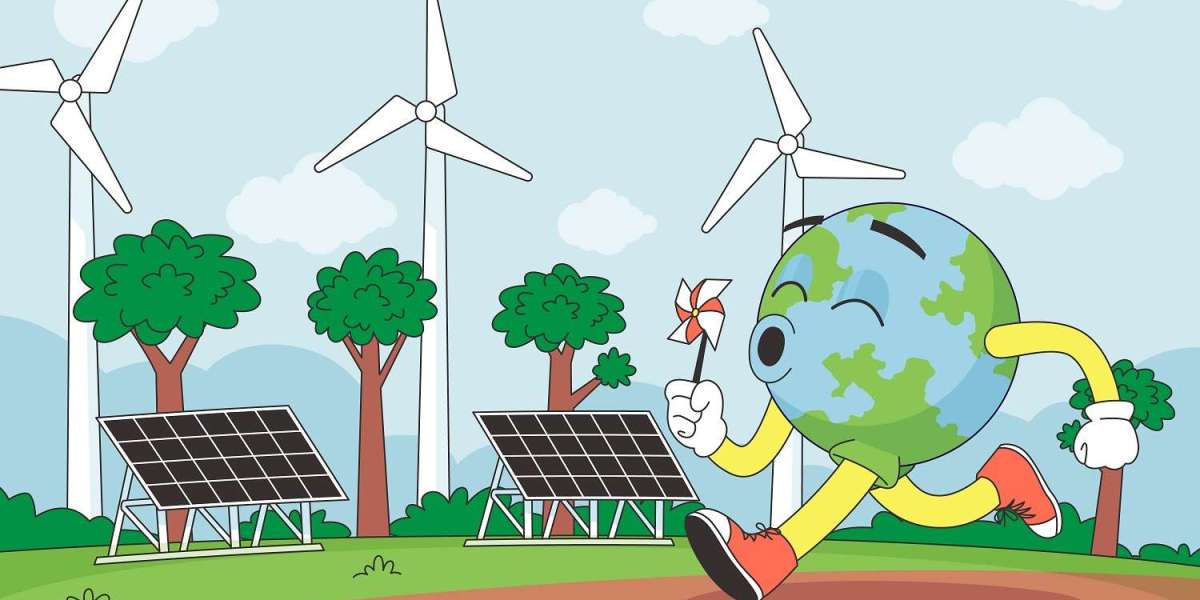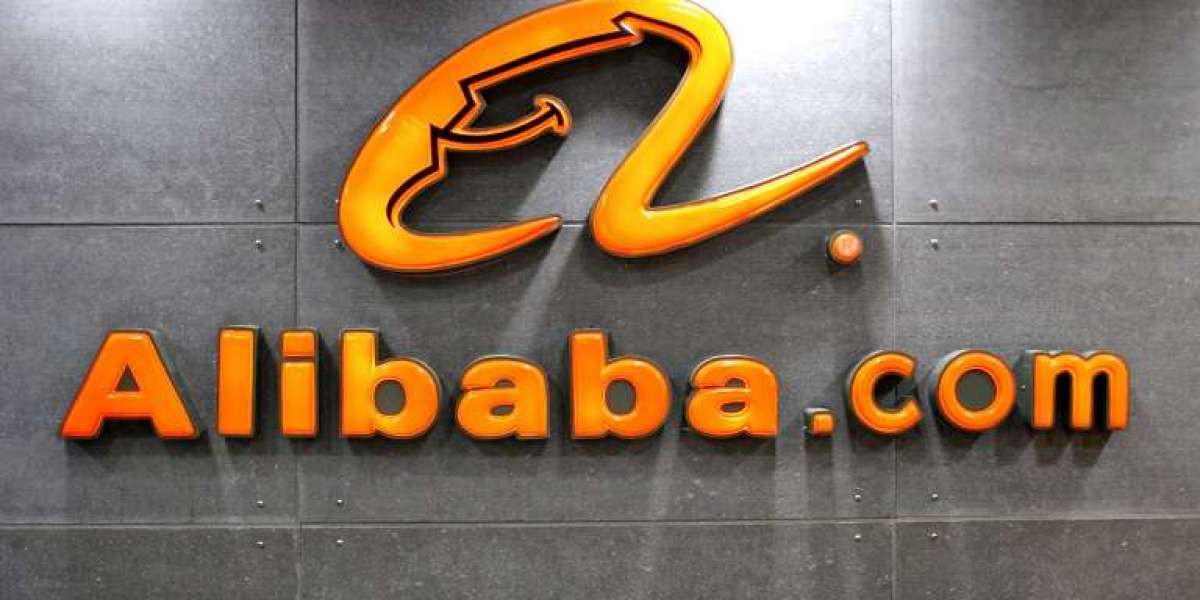article image source: freepik.com (link)
In just a few decades, solar energy has transformed from an expensive alternative to the cheapest and fastest-growing power source on the planet. Once viewed as futuristic or experimental, it now lights homes, fuels industries, and shapes the path toward a cleaner, more reliable global energy system.
advertisement
The Fall in Cost That Changed Everything
A recent study from the University of Surrey in the UK confirmed that solar power has reached a milestone—it's now the cheapest form of electricity worldwide. In the sunniest regions, generating one unit of solar energy costs as little as €0.023 (about $0.025), far lower than coal, gas, or even wind energy.
Even in countries known for cloudy skies—like the UK, sitting 50 degrees north of the equator—solar energy has proven to be the most affordable option for large-scale power generation. This cost revolution has made solar energy the main driver of the global shift toward renewable energy.
The secret behind this transformation lies not only in cheaper panels but also in the rapid decline of battery prices. Since 2010, the cost of lithium-ion batteries has dropped by nearly 89%, allowing solar-plus-storage systems to compete directly with traditional gas-fired power plants. These systems can store solar energy during the day and release it when the sun sets, solving one of the main challenges that once limited solar’s reliability.
How solar energy got so cheap, and why it's not everywhere (yet)
Solar Plus Storage: A Reliable Power Partner
Solar energy is no longer just about capturing sunlight; it’s about making that energy dependable. Hybrid installations that combine solar panels with energy storage are becoming the new standard. They provide a steady, dispatchable source of power that helps stabilize electricity grids and meet demand peaks.
“Connecting increasing levels of solar energy to power grids is now one of the biggest challenges,” explains Dr. Ehsan Rezaee from the University of Surrey. “Smart grids, artificial-intelligence forecasting, and stronger regional links will be vital to maintain stability as renewable use rises.”
Regions such as California, Spain, and China are already seeing how integrating smart technologies and storage helps reduce “curtailment”—the waste that happens when there’s more solar power than the grid can handle.
Innovation Driving the Next Solar Revolution
Researchers are also pushing solar technology to new limits. Materials like perovskite solar cells are expected to boost energy production by up to 50% without expanding land use. Because they’re thin, light, and flexible, these cells can be applied to building facades, rooftops, and even vehicles. That means clean energy can be generated almost anywhere—without needing vast solar farms.
This evolution turns solar from a passive energy source into a smart, adaptable technology. Artificial intelligence now helps forecast sunlight hours, balance power flow, and optimize when batteries charge or discharge. As a result, solar systems are becoming intelligent parts of the energy network rather than standalone generators.

image source: technologynetworks.com - copyright/Credit: Markus Spiske/Unsplash
Global Growth and Economic Impact
The global expansion of solar power has been extraordinary. Installed capacity has soared from 760 gigawatts in 2020 to more than 1.5 terawatts in 2024, enough to supply electricity to hundreds of millions of homes.
Much of this progress has been led by China, which produces nearly 40% of the world’s new installations and has heavily invested—around $680 billion—in clean-energy manufacturing. Europe and India are also major players. In 2024 alone, Europe added roughly 70 gigawatts of new capacity, with Germany and Spain leading the way. The United States, supported by the Inflation Reduction Act, continues to expand its solar footprint as well.
Solar’s rapid growth isn’t just good for the planet—it’s creating jobs, boosting local economies, and improving energy independence. Countries are recognizing that producing clean power at home reduces exposure to global fuel price shocks and strengthens national security.
From Global Goals to Everyday Impact
The rise of solar energy is deeply tied to the world’s climate goals. The 2015 Paris Agreement called for limiting global warming to 1.5 °C, a target that can only be met by drastically cutting fossil-fuel emissions. Since about 70% of greenhouse gases come from energy production, replacing coal and gas with solar is one of the fastest paths to a stable climate.
Solar’s benefits extend beyond emissions. In developing regions, it’s transforming lives by delivering electricity to places untouched by traditional grids. Small-scale solar systems and community mini-grids have brought light and power to more than 100 million people in sub-Saharan Africa and South Asia. These systems help keep vaccines cold, power small businesses, and let students study after sunset—practical changes that lift communities.

image source: gosolarquotes.com.au
Challenges Ahead
Even with its success, solar still faces hurdles. Grid integration, storage capacity, and policy consistency remain critical issues. When solar supply outpaces grid capacity, excess power can go to waste. Expanding smart grids, upgrading infrastructure, and fostering cross-border electricity sharing can ease these challenges.
Long-term policy stability is also key. Experts like Professor Ravi Silva from the University of Surrey emphasize that progress depends on “consistent, long-term political support.” Programs like Europe’s REPowerEU plan, India’s Production-Linked Incentive scheme, and the U.S. Inflation Reduction Act have already proven how strong policies can stimulate innovation and attract investment.
A Future Powered by the Sun
Perhaps the most exciting change is the way solar is redefining how we think about power itself. The future grid won’t be a one-way system where power flows from plants to homes. Instead, it will be interactive and decentralized. Rooftop solar panels paired with home batteries—and even electric vehicles with two-way charging—will allow people to store, share, and sell energy within their neighborhoods.
As Professor Silva puts it, “With the synergy between energy storage and smart grid technologies, solar can now deliver reliable, affordable, and clean power at scale.”
The message is clear: clean energy is now the cheapest energy. What was once an environmental aspiration has become an economic reality. Every year, solar gets more efficient, more accessible, and more essential. Whether on a city rooftop or a remote village school, the sun’s power is driving the world toward a brighter, cleaner future—literally.
Thank you !

















































